

























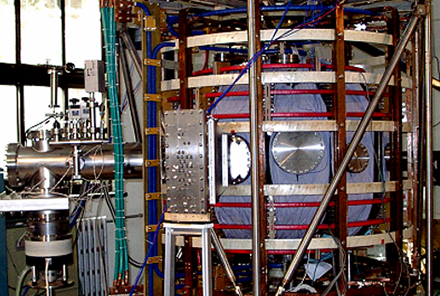
SUNIST in 2002
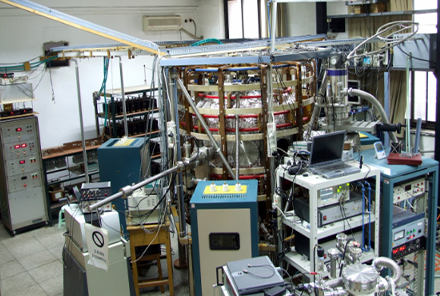
SUNIST in 2009

SUNIST in 2019
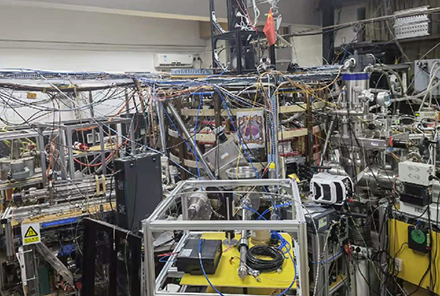
SUNIST in 2022
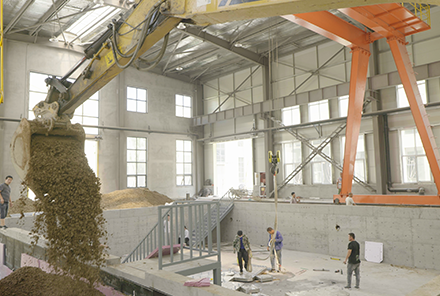
Preparing Device Site
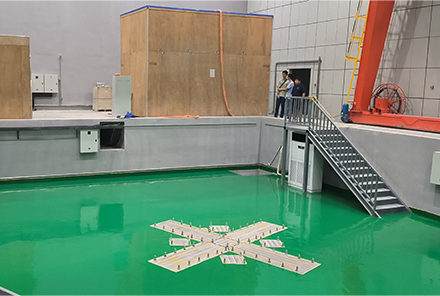
Preparing Device Site
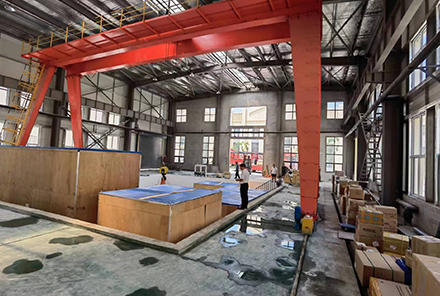
Placing Device and Equipment
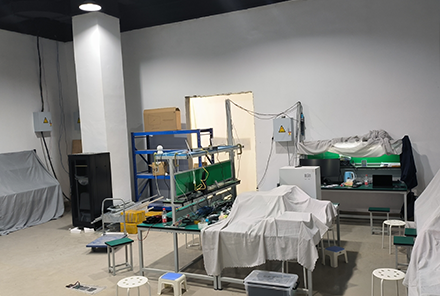
Constructing Test Room

Installing Device Base and Heaters
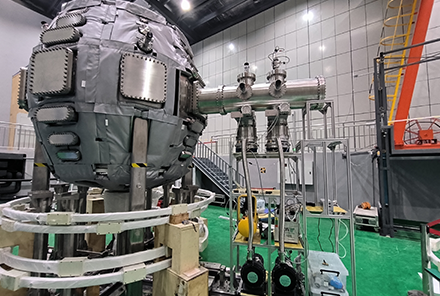
Testing Vacuum
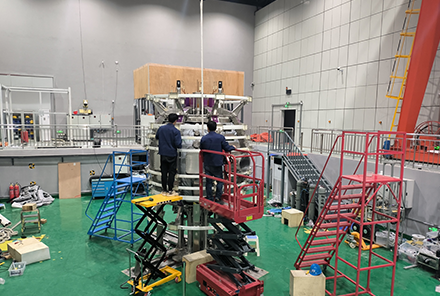
Installing and Adjusting PF Coils
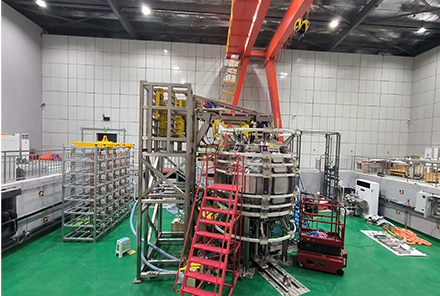
Device Assembly Finished
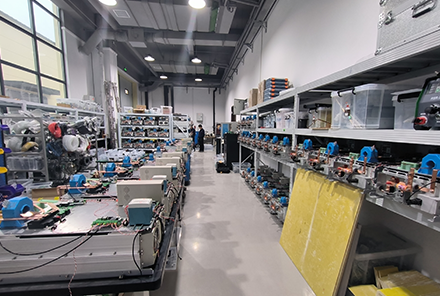
Assembling TF Power Supply
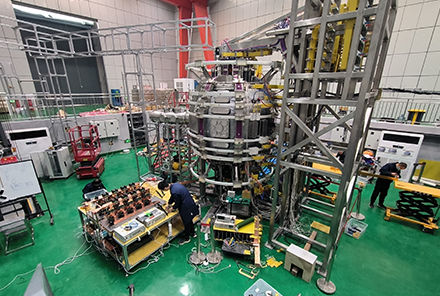
Testing CS Power Supply

Testing PF Power Supply

Assembling PF Power Supply
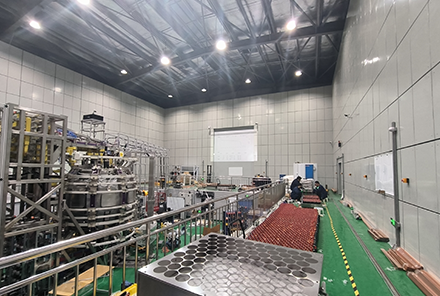
Assembling Power Supplies
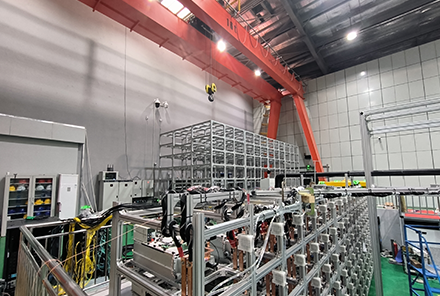
Installing Power Supply Racks

Constructing Test Room

Installing Diagnostics Inside and Outside the Vacuum Chamber
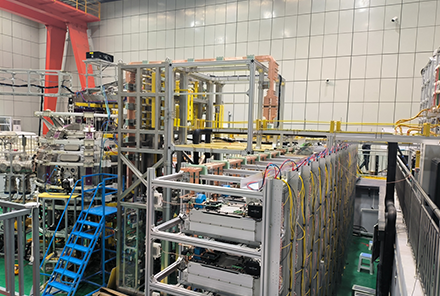
Installing Copper Bars
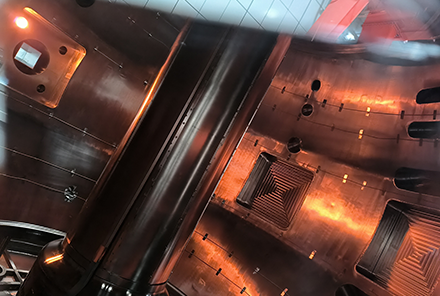
Testing Filament
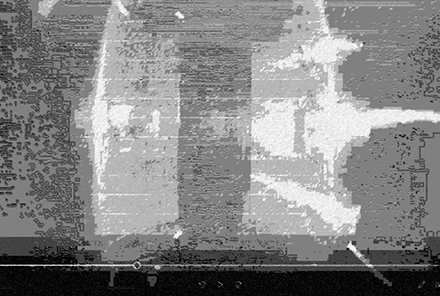
The First Microwave Cleaning
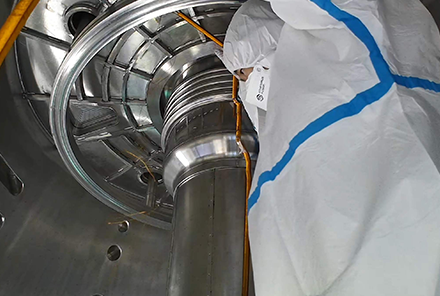
Installing Diagnostics—Rogowski Coils
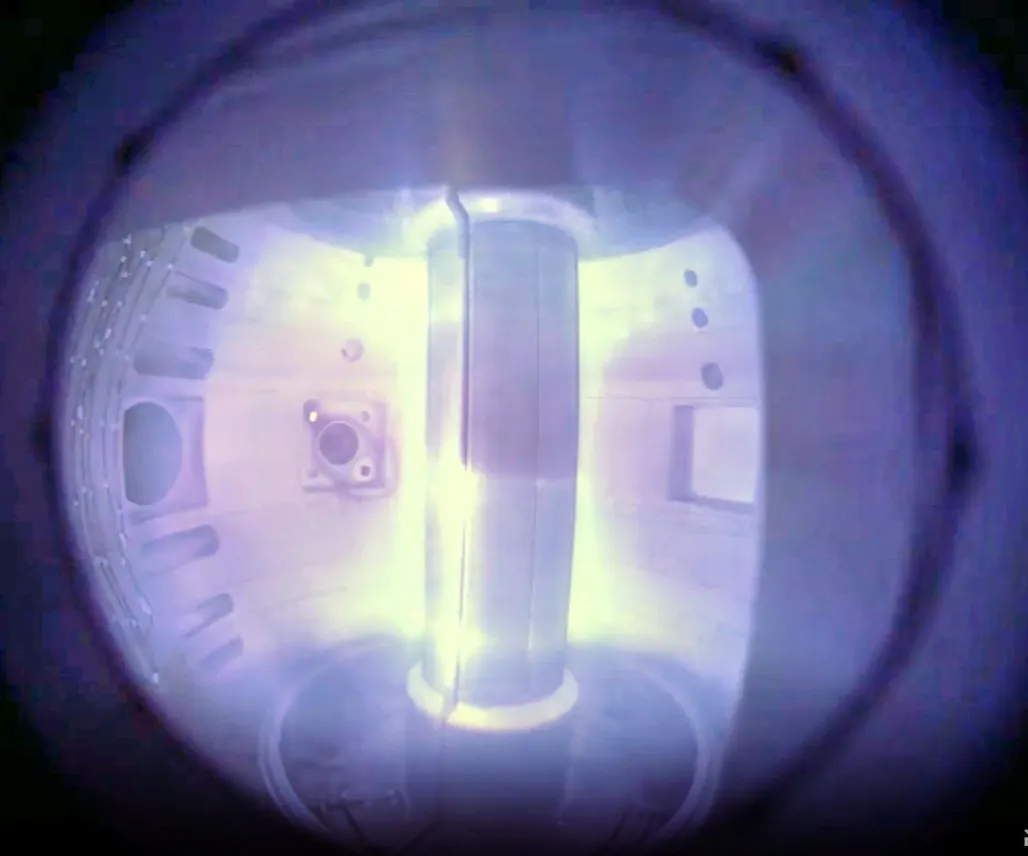
100 kA ohmic discharge
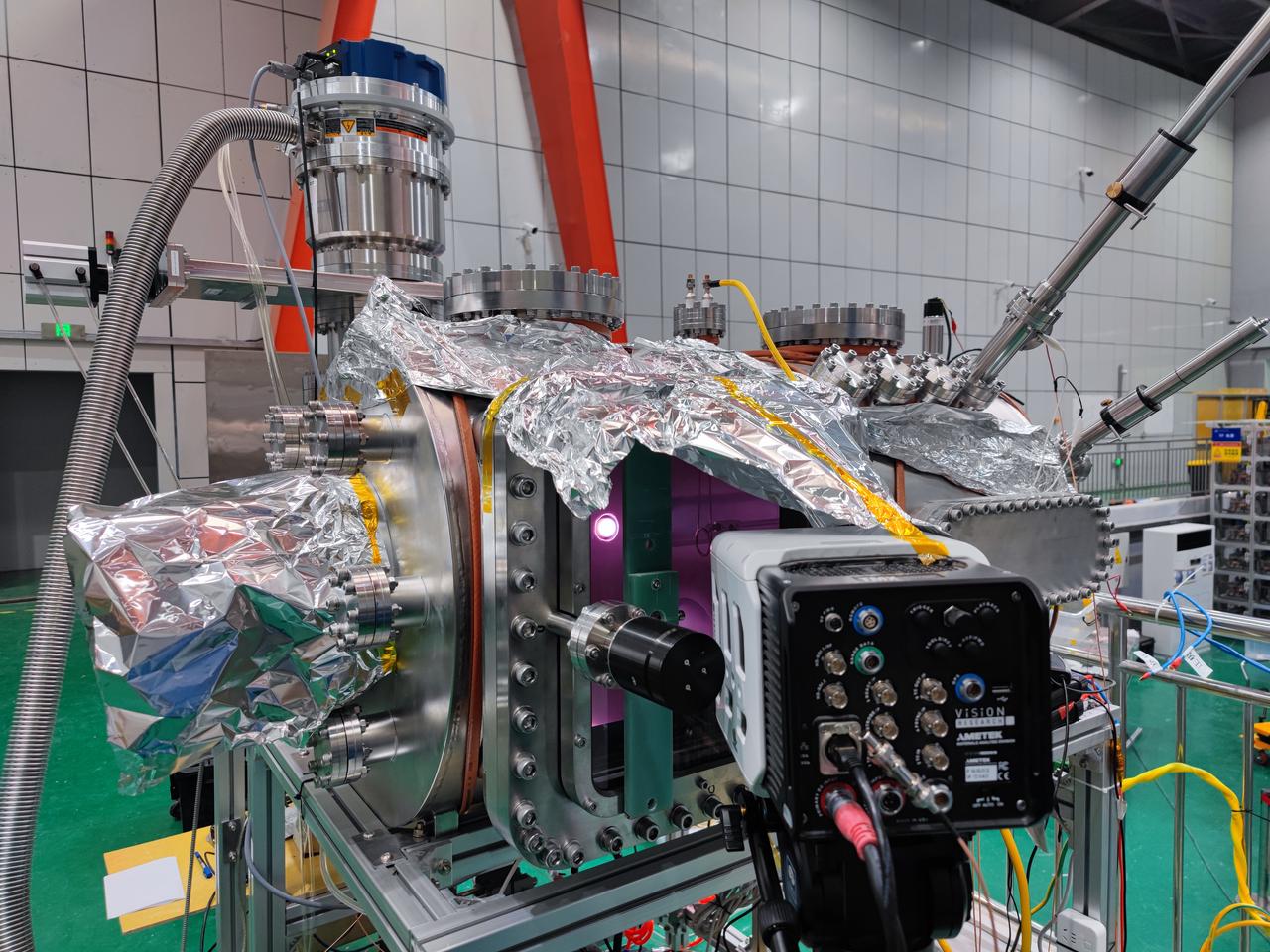
Offline plasma source testing
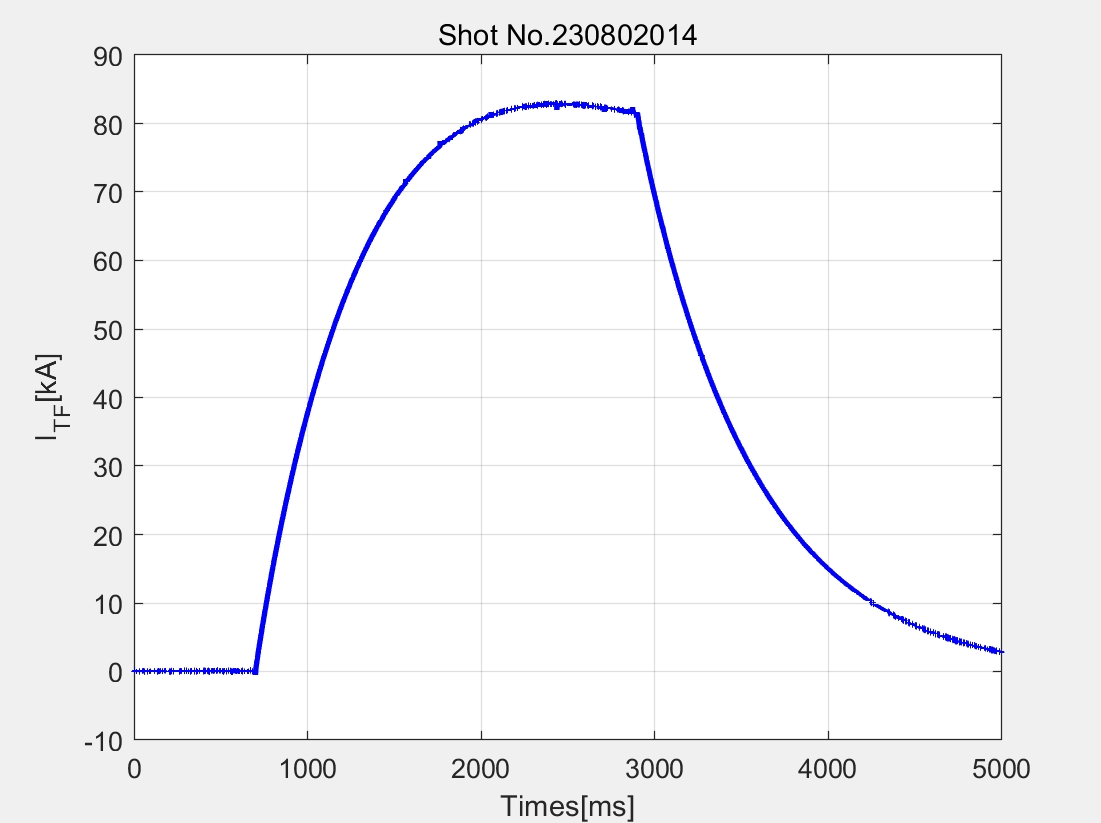
High-parameter test of TF power supply magnets
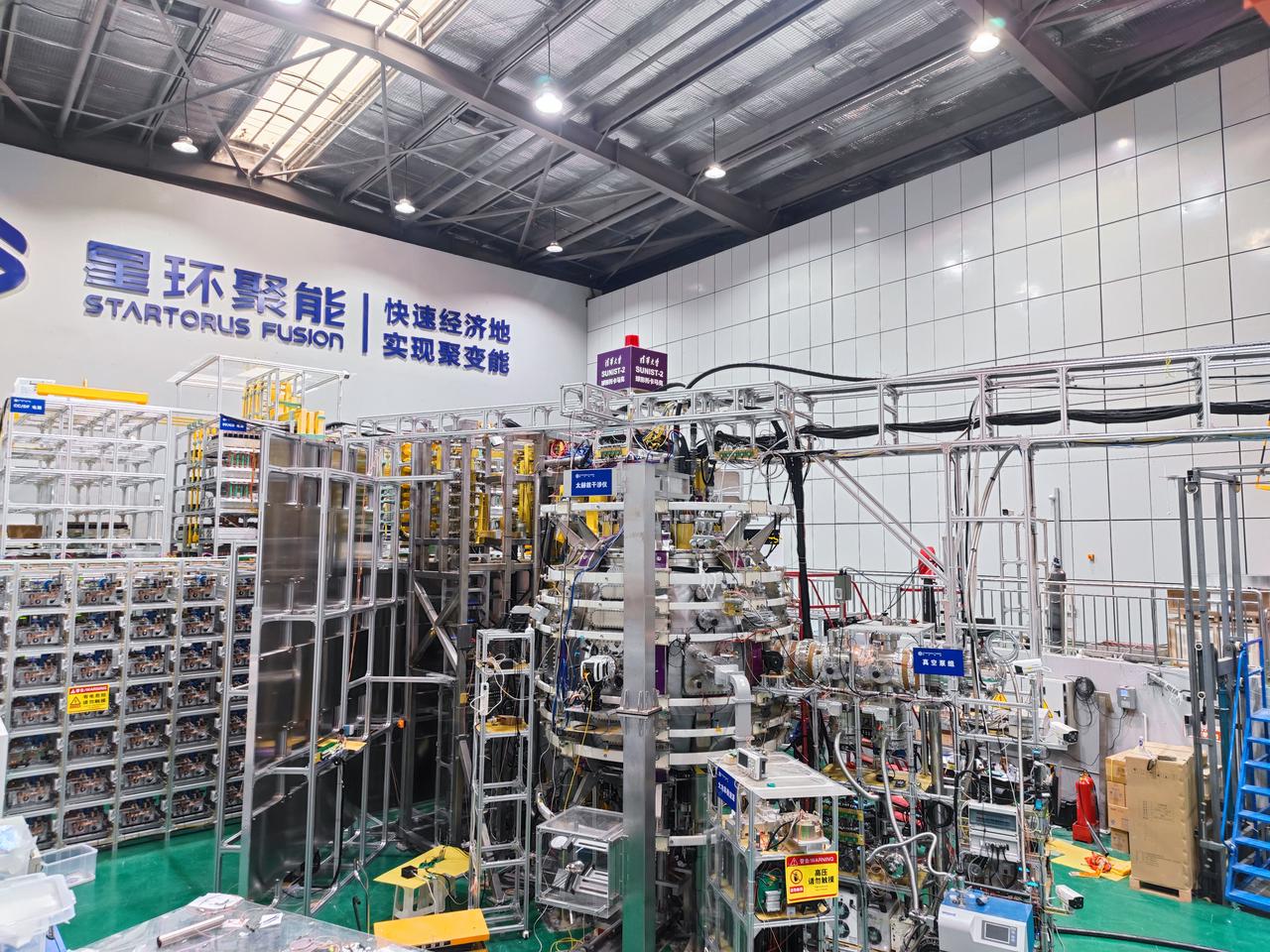
Complementary improvements in the device structure
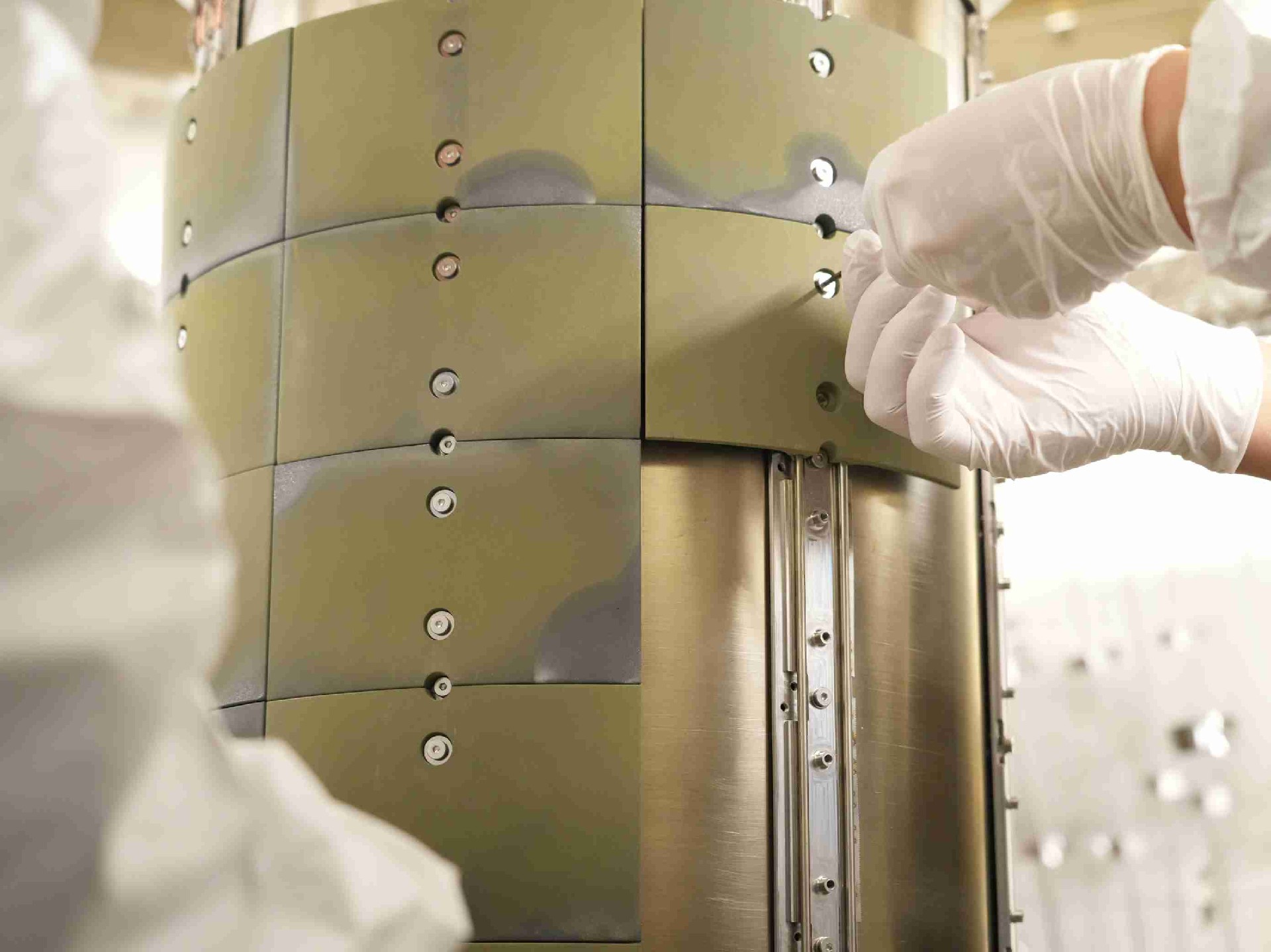
Installation of Graphite Tiles in the Vacuum Vessel

Installation and Discharge Testing of the MC Power Cables
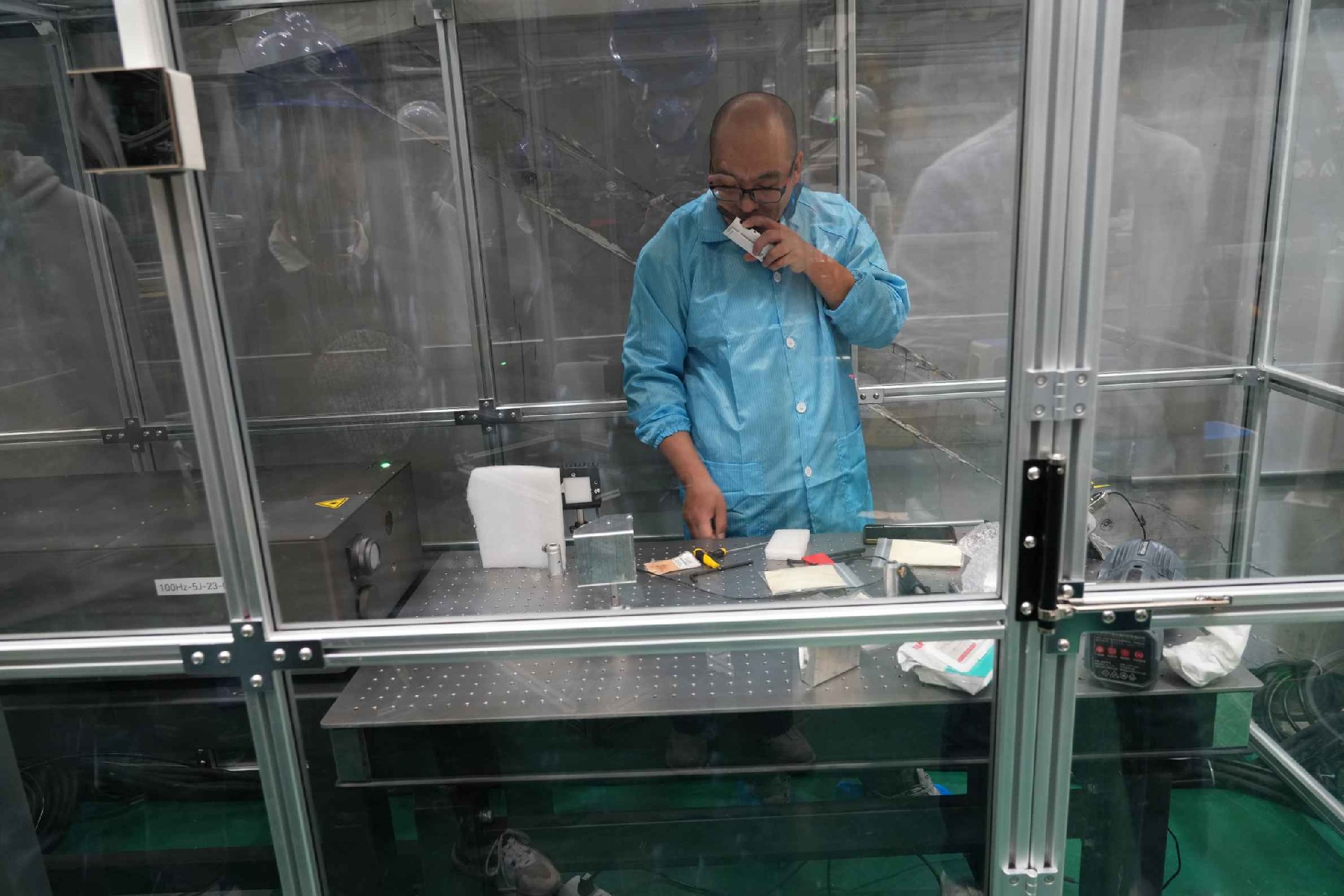
Debugging of the TS Laser System

Offline Testing of the Liquid Lithium System

10x gun current and plasma current

Local helicity injector startup

Magnet test system

Magnet test curve

The plasma current doubling

Plasma performance has been enhanced

Helmholtz Coil Test Bench

Designed Discharge Configuration 、 Experimental Discharge Configuration
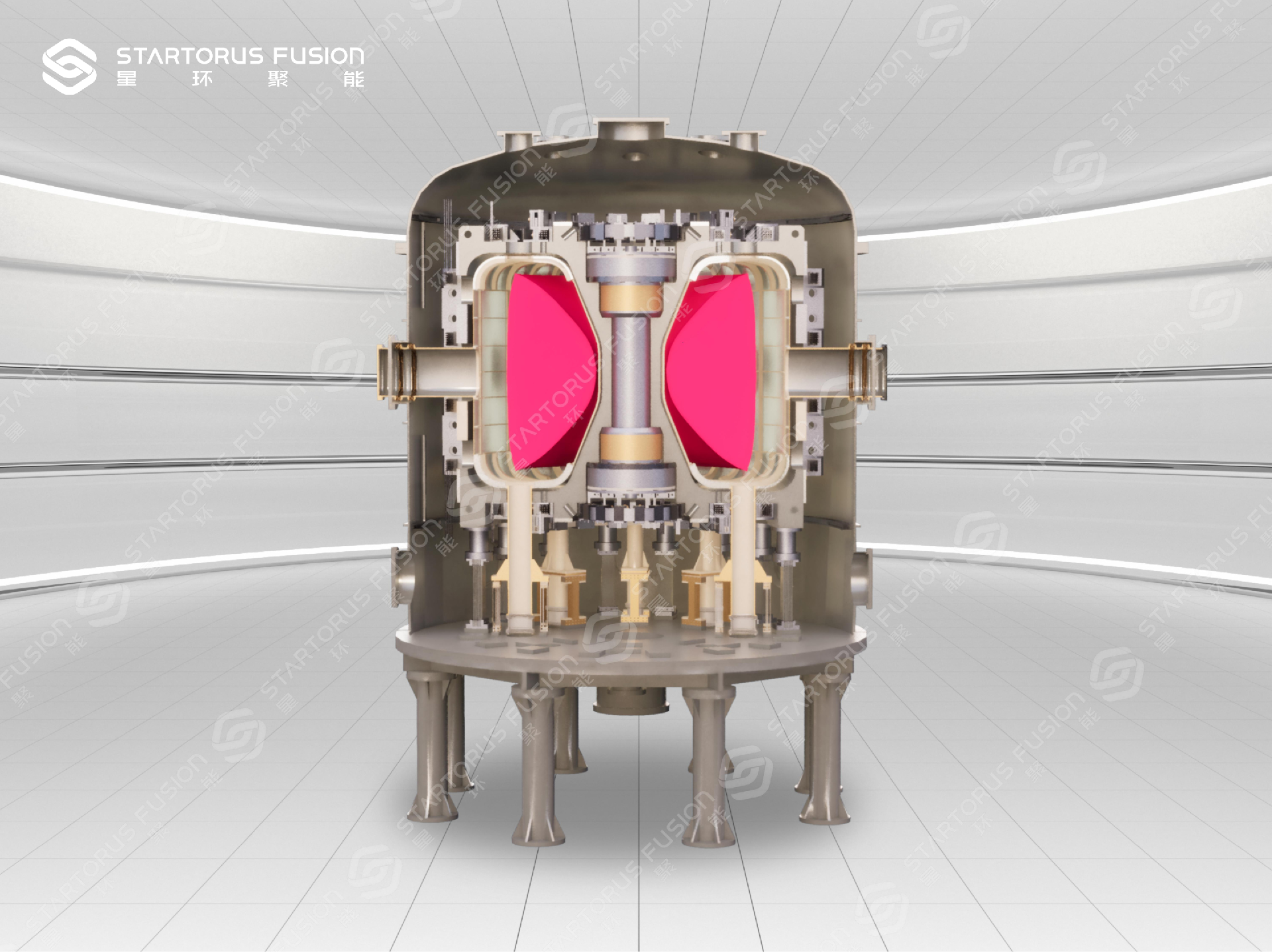
NTST
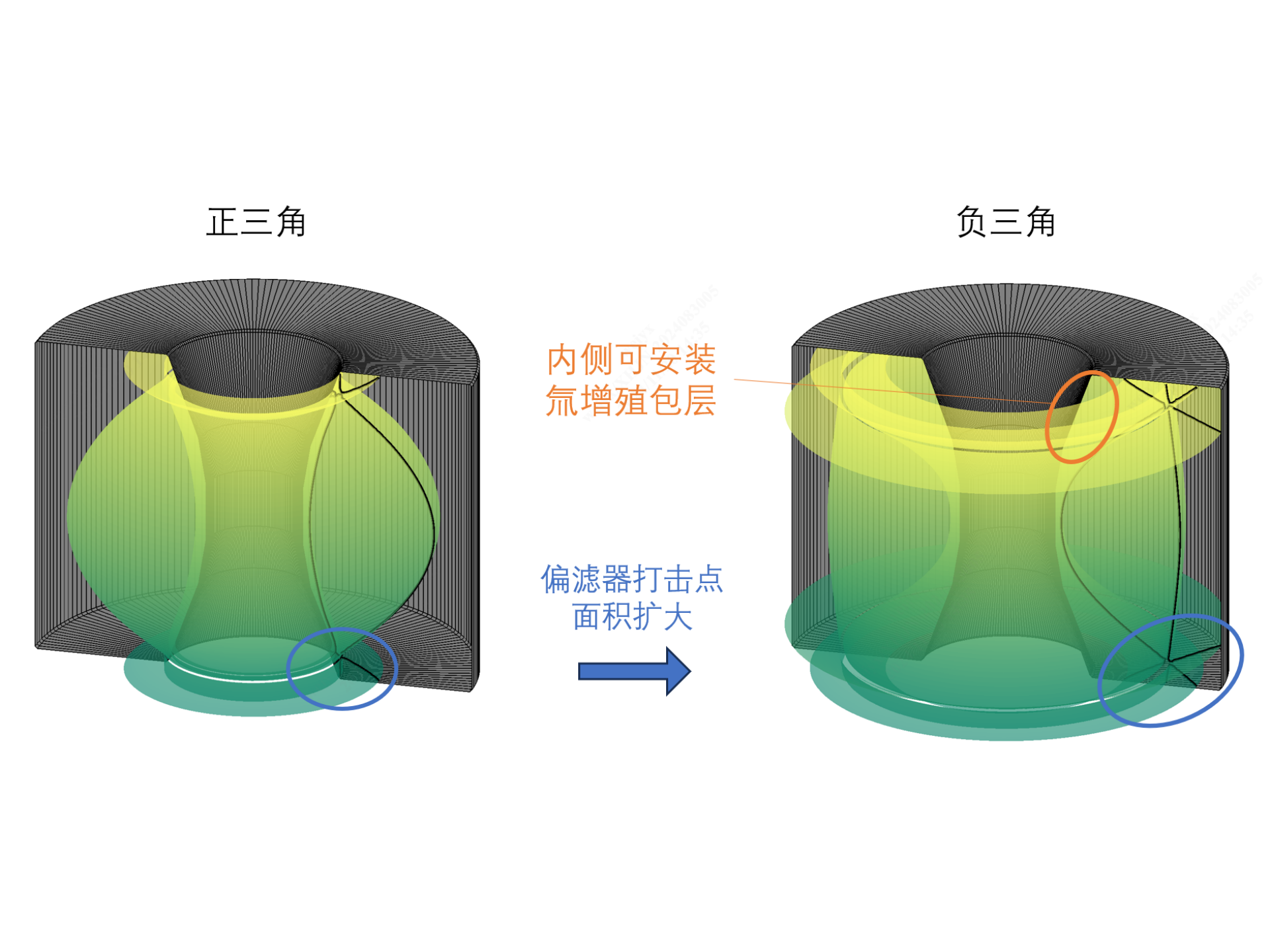
Increasing the Tritium Breeding Ratio and Reducing the Burden on the First Wall
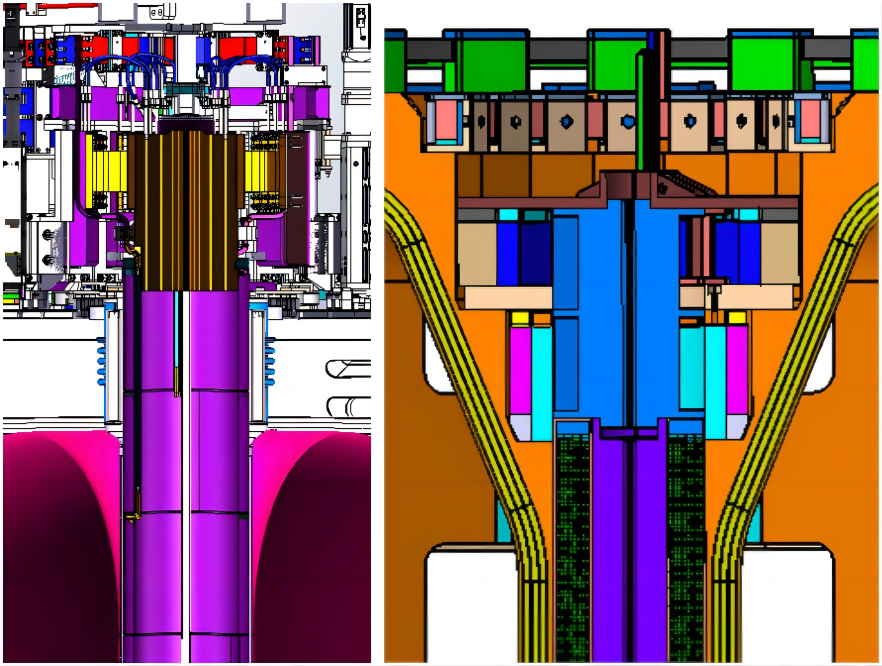
Increasing Center Column Space
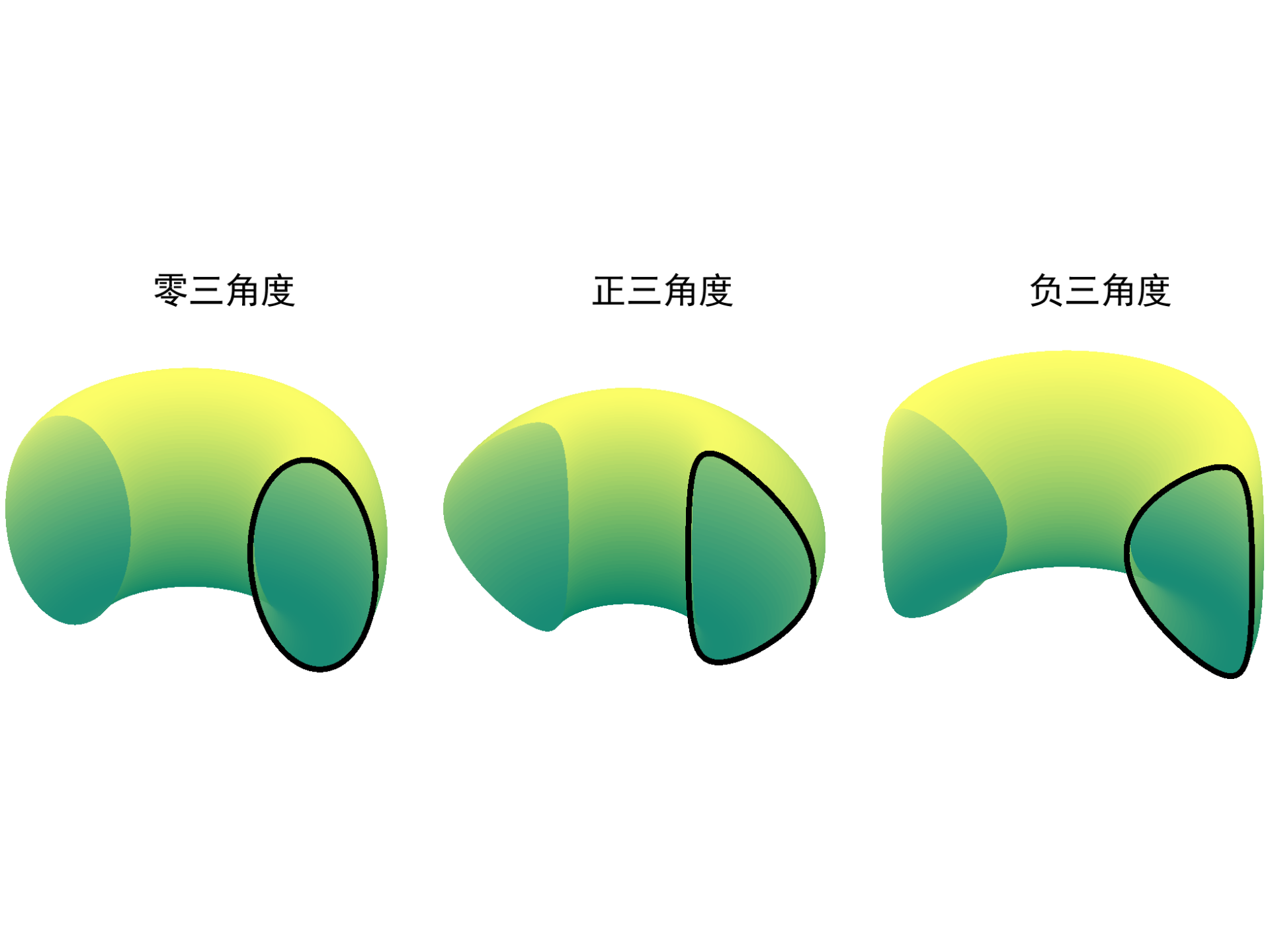
Negative Triangular Plasma is More Compatible with Fusion Reactors
 Q2.2024: High-parameter internal reconnection heating experiment、High-Temperature Superconducting Ma
Q2.2024: High-parameter internal reconnection heating experiment、High-Temperature Superconducting Ma Q1.2025: High-Temperature Superconducting Magnets Power Supply Design
Q1.2025: High-Temperature Superconducting Magnets Power Supply Design Q4.2025: Integral Device Installation
Q4.2025: Integral Device Installation Q2.2026: First Plasma
Q2.2026: First Plasma Q2.2027: Continuous and stable heating of plasma to 100 million degrees Celsius
Q2.2027: Continuous and stable heating of plasma to 100 million degrees Celsius
 Chronology of SUNIST
Chronology of SUNIST
 November 4, 2002: Achievement of the first
plasma
with a plasma current of 40 kA and a 0.06 T magnetic field
November 4, 2002: Achievement of the first
plasma
with a plasma current of 40 kA and a 0.06 T magnetic field 2003 to 2007: Physical studies (boundary
plasma,
turbulence, startup by electron cyclotron waves)
2003 to 2007: Physical studies (boundary
plasma,
turbulence, startup by electron cyclotron waves) 2008: Device dismantlement, renovation of
the
vessel
chamber, and reassembly
2008: Device dismantlement, renovation of
the
vessel
chamber, and reassembly 2009 to 2019: Continuous upgrade of the
magnetic
field power supply and the controlling system, enriched plasma diagnostics, and research
into
magnetohydrodynamic instabilities, three-dimensional eddy currents and their influence,
Alfvén
eigenmodes, tearing mode, electron Bernstein wave heating, and other areas.
2009 to 2019: Continuous upgrade of the
magnetic
field power supply and the controlling system, enriched plasma diagnostics, and research
into
magnetohydrodynamic instabilities, three-dimensional eddy currents and their influence,
Alfvén
eigenmodes, tearing mode, electron Bernstein wave heating, and other areas. 2019: A plasma current of 120 kA and a 0.27
T
magnetic field
2019: A plasma current of 120 kA and a 0.27
T
magnetic field 2020 to date: Continuous transformation and
upgrade,
more advanced refueling method, etc.
2020 to date: Continuous transformation and
upgrade,
more advanced refueling method, etc.

 Main Parameters of SUNIST-2
Main Parameters of SUNIST-2
 Major radius 0.53 m
Major radius 0.53 m Minor radius 0.33 m
Minor radius 0.33 m Toroidal magnetic field 1 T
Toroidal magnetic field 1 T Plasma current 500 kA
Plasma current 500 kA Ion temperature 1.5 keV
Ion temperature 1.5 keV Main Parameters of CTRFR-1
Main Parameters of CTRFR-1
 Major radius 1.0 m
Major radius 1.0 m Minor radius 0.56 m
Minor radius 0.56 m Toroidal magnetic field 3-5 T
Toroidal magnetic field 3-5 T Plasma current 3 MA
Plasma current 3 MA Ion temperature 10 keV
Ion temperature 10 keV


 Main Parameters and Features of CTRFR-2
Main Parameters and Features of CTRFR-2
 Major radius 3.0 m
Major radius 3.0 m Minor radius 1.67 m
Minor radius 1.67 m Toroidal magnetic field 5 T
Toroidal magnetic field 5 T Plasma current 11 MA
Plasma current 11 MA Ion temperature 15 keV
Ion temperature 15 keV Net electric power output
(Pe,net)
100
MW
Net electric power output
(Pe,net)
100
MW Central neutron shield
Central neutron shield Outer neutron moderating and tritium
breeding
blankets and neutron shield
Outer neutron moderating and tritium
breeding
blankets and neutron shield